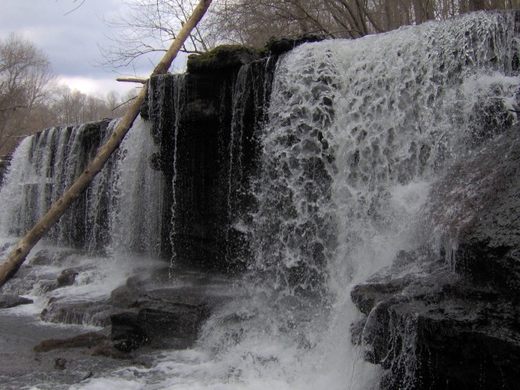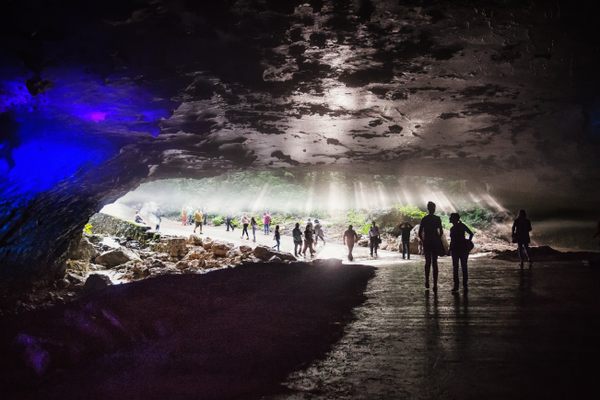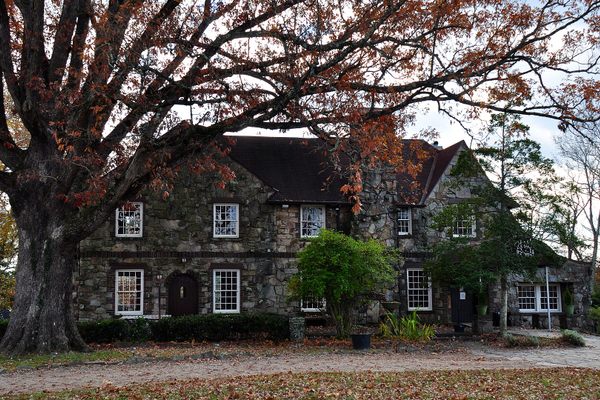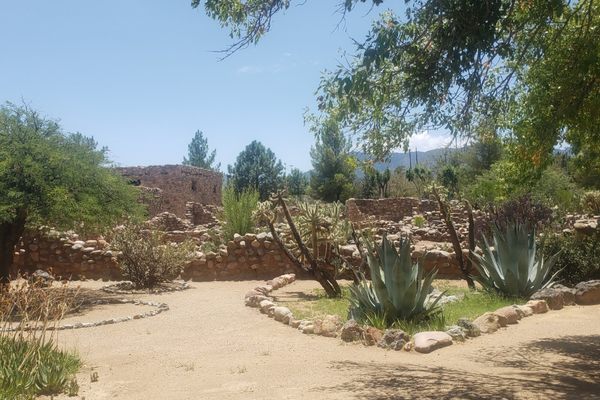Old Stone Fort
This limestone outcropping was once a ceremonial site for ancient Native Americans.
At the confluence of the Big and Little Duck Rivers near Manchester, Tennessee, there rises a steep-walled plateau of limestone. The lookout atop the promontory offers a grand view of the surrounding landscape, which may be why American Indians from the Woodland Cultural Tradition chose to build an earth-and-stone walled enclosure on it almost 2,000 years ago.
The first European settlers to see this structure assumed that it was for defensive purposes and called it the Old Stone Fort. But the area enclosed within the walls lacks any archaeological evidence of prolonged habitation—such as postholes or trash midden—indicating that the fort was not a place of dwelling or defense. In fact, it would have been kept carefully cleaned of human detritus.
The most likely explanation is that the site was a sacred ground used for ceremonies, a theory reinforced by the fact that the small earth-walled enclosure at the entrance to the fort was built to align with the sunrise of the summer solstice.
The Woodland Cultural Tradition, which occurred in the Southeastern United States between 1,000 BC and 800 AD, represented a shift from nomadic cultures toward more sedentary, agricultural lifestyles. This settled existence led to the development of an elite social class who would have been able to organize and direct large-scale projects such as the building of the Old Stone Fort.
The walls of the fort are made of stacked stones covered with earth. Though parts of the wall have eroded or been carted away for modern building materials, much of it remains intact.
The Big and Little Duck Rivers cascade around the peninsula in a series of picturesque waterfalls and deep, blue pools. In the late 1800s and early 1900s, both rivers were dammed for power by a series of mills making paper, gunpowder, rope, and grist. The remains of many of these buildings can still be seen at the Old Stone Fort State Archaeological Park.
A small museum in the park, appropriately faced with stone walls, provides exhibits on the archaeology of the fort along with the Woodland Culture as a whole.
Know Before You Go
Parking is available near the museum/visitor center. The park features several hiking trails that circle around the interior and exterior of the stone walls, as well as trails that follow the course of the Big and Little Duck Rivers.






















Follow us on Twitter to get the latest on the world's hidden wonders.
Like us on Facebook to get the latest on the world's hidden wonders.
Follow us on Twitter Like us on Facebook